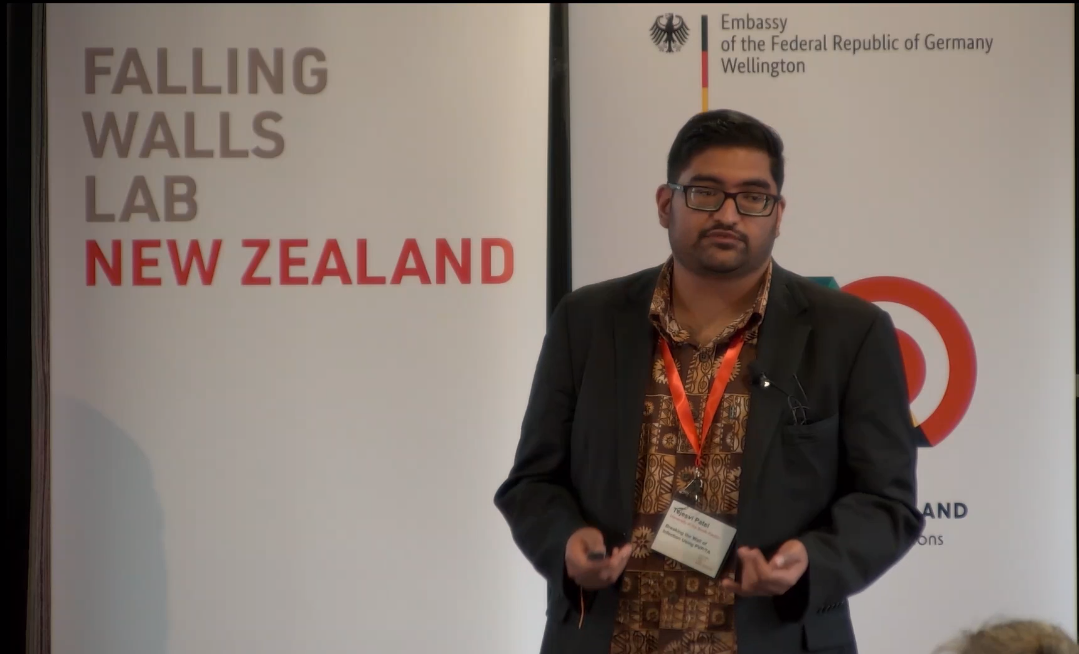Related News

Growing up in a family where the father was a teacher and the mother was a nurse, Tejesvi Patel always knew he wanted to be in the science field, and today, he is working towards completing his Master of Science.
Since primary school, he has always loved science and wanted to be a scientist and make new things. This dream followed him into his years in high school, and upon joining The University of the South Pacific (USP), Tejesvi took on foundation studies in science, and the dream of becoming a scientist was slowly becoming his reality.
Seven years later, Tejesvi is working toward completing his Master of Science in Chemistry in the area of polymer engineering under the supervision of Associate Professor David Rohindra and recently won second place at the prestigious Falling Walls New Zealand Competition.
Tejesvi represented USP at the competition, where master’s, Ph.D and post-doc candidates were required to present their research in under three minutes. The 25-year-old won second place with his breakthrough research in creating a biodegradable topical patch to treat skin infections.
Tejesvi said “There is a substantial increase in microbial and fungal skin infections worldwide, and this was due to “rising global temperatures and the constant misuse of medication”.
“Generally, fungal skin infections follow microbial build-up on wound sites due to the reflex action of scratching, and this act impedes the natural healing process; it slows healing or escalates it,” he said.
The current treatments are topical ointment or oral tablets to heal microbial build-up and infection at wound sites. The drawback in the current practice is that topical ointment must be reapplied many times due to wash-offs, and the oral medications are not 100% efficient or infection site-specific.
The topical patch Tejesvi is developing has several advantages. It covers the skin lesion and administers an antimicrobial and antifungal treatment simultaneously and is site-specific.
The patch is made using PVP, a synthetic biodegradable polymer crosslinked with tannic acid to produce a hydrogel and infused with nystatin (an antifungal agent). Tannic acid is a natural polyphenol found in plant material such as bark and tea leaves, which is antimicrobial and anti-inflammatory, Tejesvi said.
In addition, the biodegradable nature of the patch means people can protect themselves from infection and speed healing without creating more plastic waste.
He said the patch would benefit those with diabetes because the patient will not have to take oral medication but use it directly on the skin lesion, which will help to speed up the healing process.
The research took Tejesvi about a year and approximately a month to prepare for the competition. Getting second place at the competition was like an icing on his research and an achievement for him.
“It’s wonderful to be recognised internationally for the research we do in the field of science at The University of the South Pacific,” he added.
He encourages young science enthusiasts to stay persistent and to work towards conducting good research that people would love to implement in daily lives, not just in Fiji but across the Pacific.